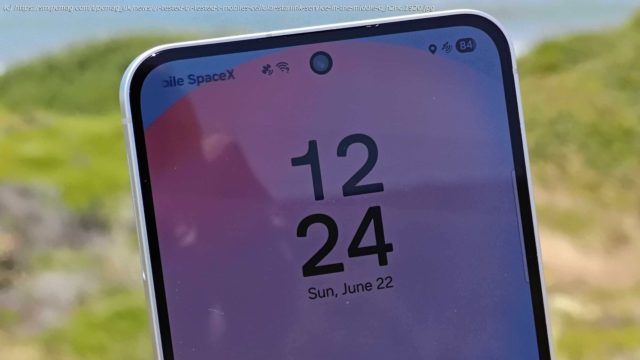I drove to a remote area south of San Francisco to put the T-Satellite beta to the test ahead of its official launch on July 23. Here’s what it can do now and what’s on tap for the future.
I’m standing on a beach about 50 miles south of San Francisco—no cars, buildings, or people in sight. Only sand, trees, and blue sky. It should be a cellular dead zone.
But in my pocket, a Samsung phone alerts me to arriving texts, even though there’s no cell tower nearby. The messages are beaming in from space thanks to a fleet of Starlink satellites orbiting more than 300 miles above, designed to connect to ordinary smartphones like mine.
That’s what you can expect from T-Satellite, T-Mobile’s cellular Starlink service, which officially launches on July 23 to US customers on all carriers, including AT&T and Verizon. The goal: wipe out dead zones by using SpaceX’s growing satellite network to keep you connected in the most remote corners of the country.
For now, the system is restricted to SMS messages, but T-Mobile has been hyping up the technology as game-changing. It’s been available as a beta since January to customers on T-Mobile, AT&T, and Verizon. When it launched, early testers told us about signal drops, message delays, and wait times of up to five minutes just to send a text. Five months in, I wanted to know if the service had improved, so I hopped in a rental car and drove out to the middle of nowhere.Cell Towers in Space: Getting Started With T-Satellite
Over the weekend, I tested the « T-Satellite » beta using a Galaxy S24 FE, one of the over 50 phones that the service supports. T-Mobile makes it relatively easy to get started; the satellite service runs on a secondary eSIM, which also provides trial access to T-Mobile’s 5G network.
Satellite connectivity only activates if you travel to a dead zone on T-Mobile’s official coverage map. That led me to a beach squarely in no-signal territory. As I drove into the area, the 5G bars on my Samsung phone vanished and were replaced by a « T-Mobile SpaceX » label and a satellite icon in the corner. It was the first clear sign I’d connected to the system.
From there, I sent and received SMS texts using the satellite connection. To test the speed and reliability, I used two other phones—an iPhone 15 Pro and a OnePlus device, both on AT&T—making it easy to compare results and verify whether my messages were getting through.
In my testing, the time it took to send an SMS message on T-Satellite varied. Sometimes, it happened instantly; other times, it took 20 to 30 seconds. Then there were points where it stretched to two minutes or more, even with the phone held up to the sky.
In one instance, I sent a stream of texts; the first messages were sent off instantly, but then the successive ones came in slower, and the rest showed a delay.
Home
United States
USA — software I Tested T-Mobile's Cellular Starlink Service in the Middle of Nowhere: Is...






